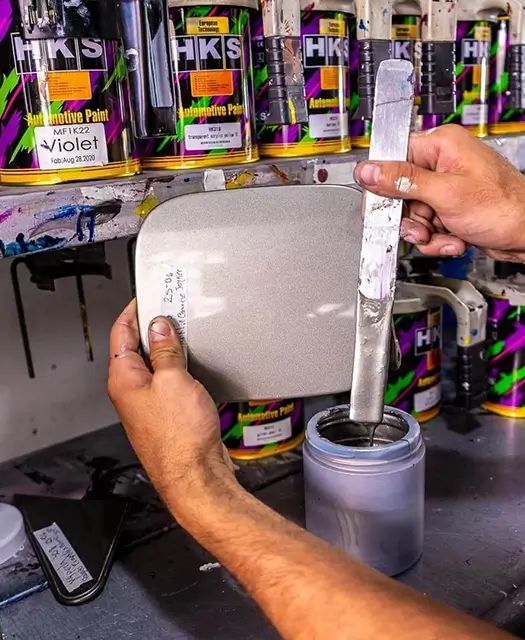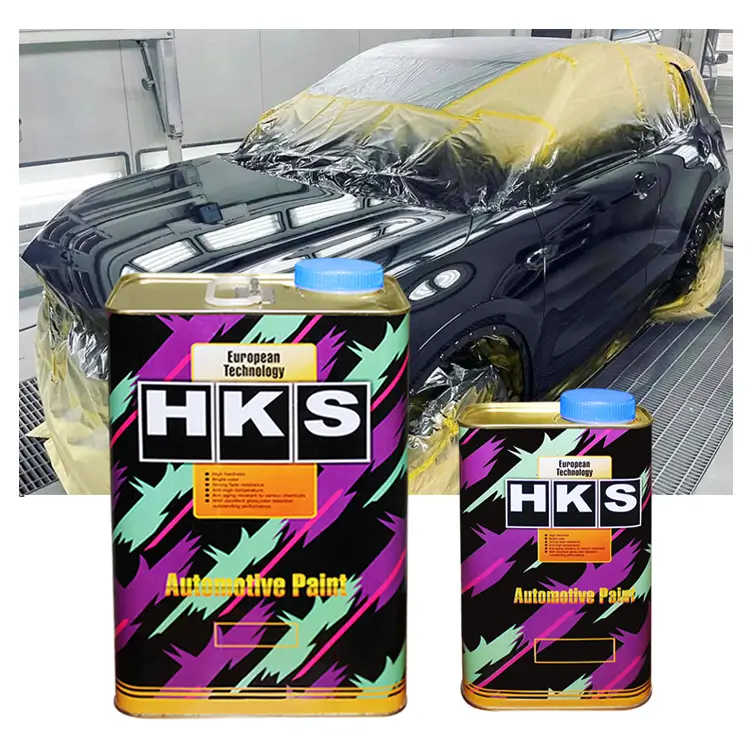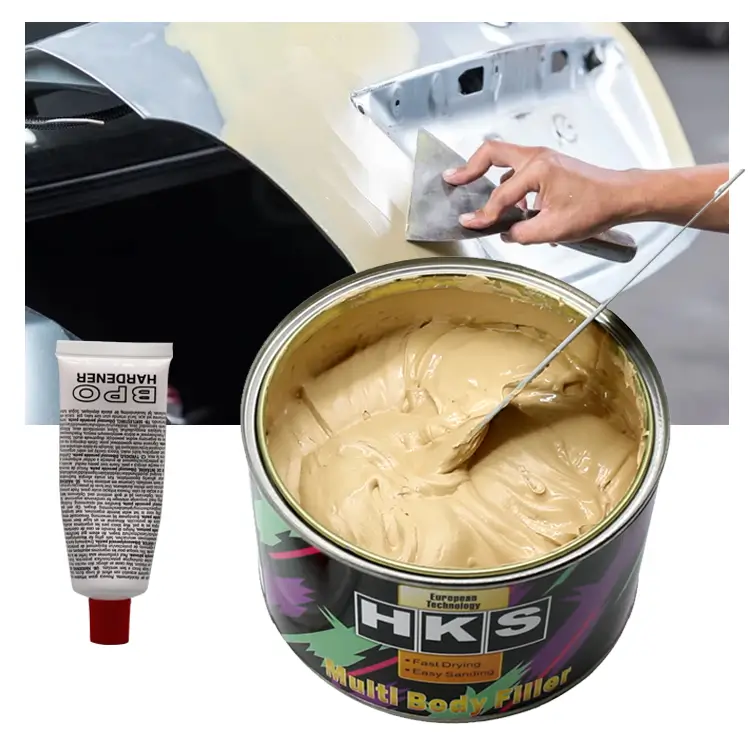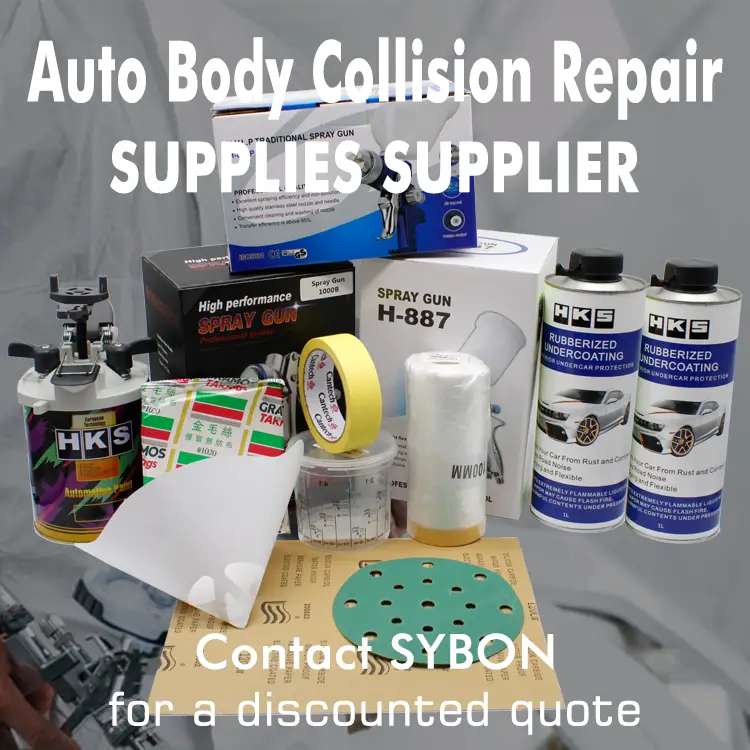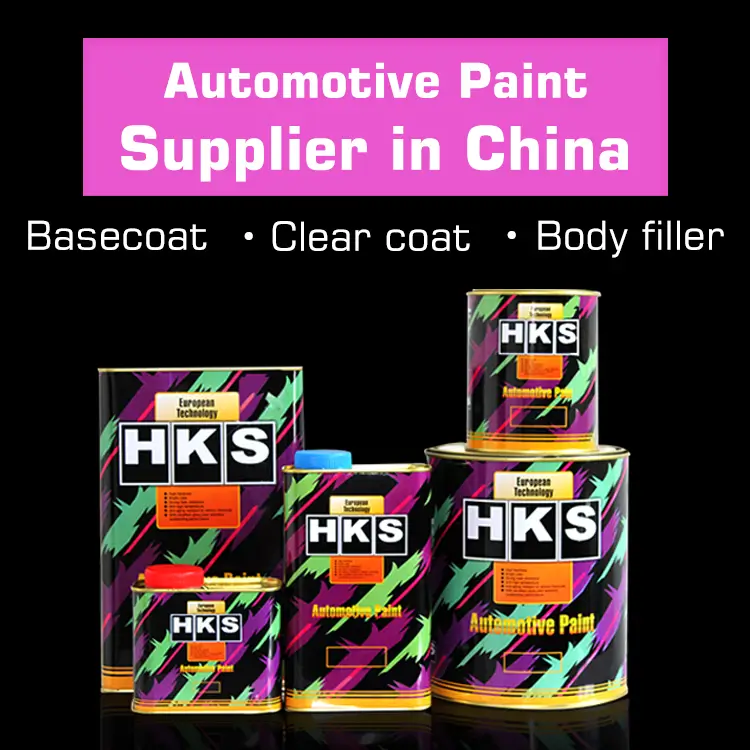Automotive Base Coat Clear Coat Paint
Introduction
Automotive painting has come a long way since its inception, evolving into a sophisticated process that not only enhances the aesthetic appeal of vehicles but also provides crucial protection against environmental elements. At the heart of this transformation lies the base coat clear coat paint system – a revolutionary approach that has become integral to the automotive industry.
A. Brief Overview of Automotive Painting
The art of automotive painting is not merely a cosmetic endeavor; it plays a vital role in preserving the structural integrity of vehicles. From the early days of hand-painting to the modern, technologically-driven methods, the automotive painting process has undergone a remarkable evolution.
B. Introduction to Base Coat Clear Coat Paint
Among the various techniques employed in automotive painting, the base coat clear coat system stands out for its versatility and durability. Unlike traditional single-stage paint systems, the base coat clear coat system involves the application of separate layers, each serving a distinct purpose.
C. Significance of Automotive Paint for Aesthetics and Protection
The significance of automotive paint extends beyond aesthetics. While it contributes to the visual appeal of vehicles, it also acts as a protective shield against factors such as UV radiation, harsh weather conditions, and road debris. The evolution of automotive paint reflects a constant pursuit of achieving both beauty and durability.
Historical Perspective
A. Origins of Automotive Paint
The journey of automotive paint dates back to the early days of the automobile industry when vehicles were hand-painted with basic enamel coatings. These coatings were not only limited in color options but also lacked the protective qualities required for long-term durability.
B. Evolution from Single-Stage to Base Coat Clear Coat Systems
As automotive design advanced, so did the demand for more sophisticated paint solutions. The transition from single-stage to base coat clear coat systems marked a significant turning point. Single-stage paints combined color and protective layers in one application, while the base coat clear coat system separated these functions, allowing for greater flexibility and quality in both areas.
C. Impact of Technological Advancements on Automotive Painting
The advent of technology brought about substantial changes in automotive painting. Automated paint application systems, precision color-matching technologies, and improved materials have revolutionized the industry. These advancements not only enhance efficiency but also contribute to achieving superior finishes.
Components of Base Coat Clear Coat Paint
A. Base Coat Composition
Pigments and Color Options:
The base coat is formulated with pigments that determine the color of the vehicle. The evolution of pigments has expanded the range of available colors, allowing for greater customization and personalization.
Role in Achieving Desired Color and Finish:
The base coat serves as the layer responsible for achieving the desired color and finish. Its application requires precision to ensure an even and vibrant result.
B. Clear Coat Composition
Clear Coat Formulations and Types:
Clear coats are designed to provide a protective layer over the base coat. Different formulations exist, including high-gloss, matte, and specialty clear coats, each offering unique properties.
Importance of Clear Coat for Durability and Gloss:
The clear coat plays a crucial role in protecting the underlying layers from environmental elements. It also contributes to the glossy appearance of the vehicle, enhancing its overall aesthetic appeal.
Advantages of Base Coat Clear Coat System
A. Enhanced Durability and Protection
The separation of the base coat and clear coat in the automotive painting process brings a multitude of advantages, foremost among them being enhanced durability. The clear coat acts as a robust protective layer, shielding the base coat from scratches, stone chips, and the corrosive effects of environmental factors.
B. Improved Color Matching and Customization
One of the remarkable features of the base coat clear coat system is its ability to achieve precise color matching. This is particularly crucial in the automotive industry where maintaining consistent color across different parts and repairs is essential. Additionally, the system allows for a high level of customization, catering to the diverse preferences of vehicle owners.
C. Resistance to Environmental Factors
The automotive finish faces constant exposure to harsh environmental conditions, including ultraviolet (UV) radiation and fluctuating weather patterns. Base coat clear coat systems are designed to withstand these challenges, providing resistance against fading, oxidation, and other forms of degradation over time.
Application Process
A. Surface Preparation and Priming
Before the application of base coat and clear coat, thorough surface preparation is essential. This involves removing contaminants, ensuring a smooth surface, and applying a primer to enhance adhesion. Proper priming sets the foundation for a flawless paint finish.
B. Base Coat Application Techniques
Spray Application:
The traditional method of applying base coat involves using spray guns. This technique allows for precision and even coverage, ensuring that the base coat adheres uniformly to the vehicle's surface.
Robotic Painting Systems:
In modern automotive manufacturing, robotic painting systems have gained prominence. These automated systems offer efficiency and consistency in applying the base coat, meeting the high production demands of the industry.
C. Clear Coat Application and Curing
The clear coat application is a critical step that follows the base coat. Similar to the base coat, clear coat application can be performed using spray guns or automated systems. Once applied, the clear coat undergoes a curing process, often involving heat or ultraviolet light, to achieve its final hardness and protective qualities.
Technological Innovations
A. Waterborne Base Coat Clear Coat Systems
In response to environmental concerns and regulations, the automotive industry has witnessed a shift towards waterborne base coat clear coat systems. These systems use water as a carrier for the paint pigments and have lower volatile organic compound (VOC) emissions compared to traditional solvent-based paints. Waterborne systems contribute to a more sustainable and eco-friendly approach to automotive painting.
B. High-Solid and Low-VOC Formulations
Advancements in paint formulations have led to the development of high-solid paints, which contain a higher percentage of solids and fewer solvents. This not only reduces VOC emissions but also enhances the durability and coverage of the paint. Low-VOC formulations further align with environmental regulations, promoting a greener and cleaner automotive painting process.
C. Nano-Coating for Added Protection and Gloss
The integration of nanotechnology into automotive paints has resulted in the creation of nano-coatings. These coatings provide an additional layer of protection, offering resistance to scratches, chemical contaminants, and UV radiation. Nano-coatings contribute not only to the longevity of the paint but also to the enhancement of gloss and shine on the vehicle's surface.
Challenges in Automotive Painting
A. Environmental Concerns and Regulations
Stringent environmental regulations have posed challenges for the automotive painting industry. Compliance with emissions standards and the adoption of eco-friendly practices require continuous innovation and adaptation in paint formulations and application processes.
B. Adherence to Quality Standards and Certifications
Maintaining consistent quality in automotive painting is crucial. Adherence to industry standards and certifications ensures that painted vehicles meet durability, safety, and environmental requirements. Striking a balance between efficiency and quality remains an ongoing challenge.
C. Training and Skill Development for Automotive Painters
The complexity of modern automotive painting processes, especially with advanced technologies and systems, demands skilled professionals. Training programs and skill development initiatives are essential to ensure that automotive painters are equipped to handle the intricacies of base coat clear coat systems and emerging technologies.
Future Trends in Automotive Painting
A. Smart Coatings and Self-Healing Properties
The future of automotive painting is poised to embrace smart coatings that go beyond traditional protective measures. Smart coatings may incorporate technologies such as self-healing polymers, enabling the paint to repair minor scratches and abrasions automatically. This innovation not only ensures a consistently pristine appearance but also contributes to the long-term durability of the vehicle's exterior.
B. Integration of Advanced Color-Matching Technologies
Advancements in color-matching technologies are expected to revolutionize the way automotive paints are customized and applied. Future systems may involve the use of artificial intelligence and machine learning algorithms to precisely match colors, ensuring seamless repairs and consistency across different manufacturing batches.
C. Sustainable and Eco-Friendly Paint Solutions
As environmental consciousness continues to grow, the automotive industry is likely to witness a surge in sustainable and eco-friendly paint solutions. This may include the development of paints with minimal environmental impact, recyclable materials, and bio-based components. The pursuit of green alternatives aligns with global efforts to reduce the ecological footprint of automotive manufacturing.
Conclusion
In conclusion, the evolution of automotive base coat clear coat paint systems reflects a journey marked by innovation, technological advancements, and a commitment to quality and sustainability. From historical origins to future trends, the automotive painting industry continues to redefine standards, ensuring that vehicles not only look stunning but also withstand the test of time and environmental challenges. As we look ahead, the integration of smart coatings, advanced color-matching technologies, and sustainable paint solutions promises an exciting future for automotive aesthetics and protection.
Source of this article:https://www.supersybon.com
Get to know us through more channels:

